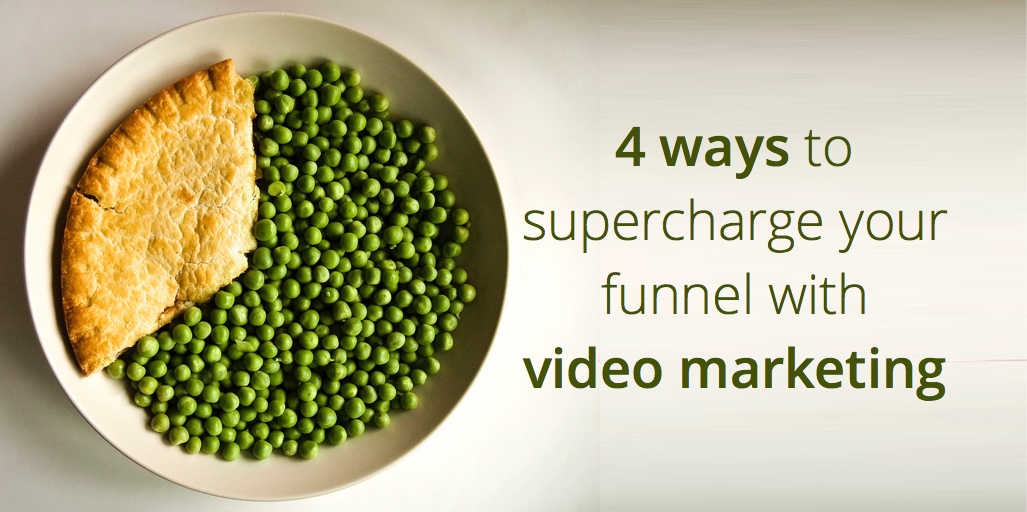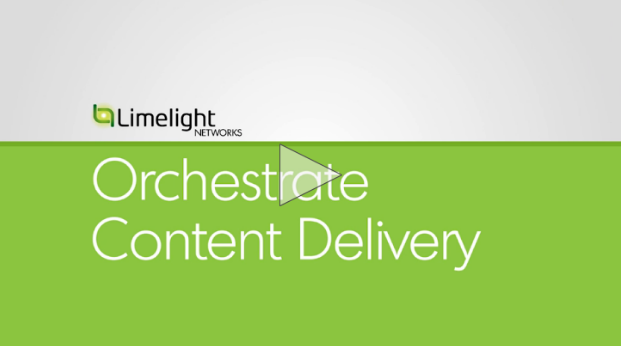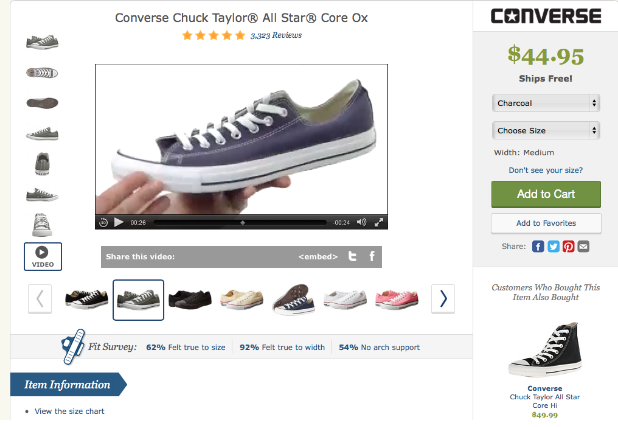
A lot of marketers and advertisers criticize the marketing funnel for being too simplistic – too linear to be an accurate reflection of a real buyer’s journey.
And to some extent, this criticism is fair. Customers in the real world follow a path to purchase that’s anything but linear. They’re probably not going from awareness to consideration to loyalty in three easy steps. For those customers who do, there are thousands of others who are taking a more roundabout journey, bouncing from sharing one of your posts on social media before they even know what you do, to visiting your site and learning more, to comparison shopping your competitors, before they ever buy.
But even though the funnel may not capture the experience of every shopper under the sun, it offers a great look at the broad strokes of consumer activity. It may not happen in neat, easy to predict steps, but there’s still a point when people move from awareness to consideration, and from consideration to purchase.
One of the best ways to help people navigate their own, personal buyer’s journey is with video marketing. Which is why you need a video marketing strategy that provides touchpoints for your potential customers all along the path to purchase. A one-off homepage video or a couple of videos collecting dust on your YouTube channel won’t cut it anymore. You’ve got to think holistically about video will enhance your digital marketing strategy.
And if you do? Video marketing has the power to supercharge your funnel. Research has shown time and again that video drives sales and conversions in a huge way.
That’s why I want to show you four situations where video marketing is the perfect way to help move your potential customers further along the buyer’s journey.
1. Right out of the gate, when you have a high bounce rate
Bounce rate is so incredibly frustrating, because it’s so final: You don’t even get a chance to interact with a potential customer, because they’ve already come to your website and decided that you don’t have anything to offer them. But what if you’d been able to keep their attention? Who knows, maybe you were just the solution they needed.
There’s good news! On average, pages with video have a 34% lower bounce rate than pages without. Take ExactTarget, for example. As soon as they began publishing video content, they witnessed an incredible decrease in bounce rate – along with a 100%+ increase in time on site.
You’re probably thinking, “Well, obviously! If I put a 2-minute video on my homepage, OF COURSE they’ll hang around for an extra 2 minutes – if they bother to watch the video. Who cares?” But think about the implications here. During that two minutes, your site visitor will learn more about your product or software than they ever could by reading site copy alone, they’ll have more time to decide if you’re a good fit for them, and they’re much more likely to become a lead.
A lot can happen in two minutes.
Video isn’t just another marketing tool, like a blog post or a lead magnet – it’s a tractor beam. It draws your audience in irresistibly, and once they click the play button they can’t help but be interested in what you have to say. So if your homepage or landing page isn’t holding an audience, video just might convince them to stick around.
Yeah, yeah, I know: everyone makes exaggerated, impossible claims about video. It’s not a magic bullet by any means, but if you do it right, it can seriously amplify your message. Like the team at Limelight Networks. Thanks to video, their unique visitor count doubled – almost overnight. And their bounce rates totally evaporated!
Of course, Limelight saw these results because they used video as part of a much larger marketing strategy. But just imagine what would happen if you used video to ensure that a lot more of your site visitors were guaranteed to click that CTA and become a lead.
2. When your UVP needs a little clarity
Bounce is measurable, quantitative – you’re either reducing bounce rate, or you’re not. “Clarity,” on the other hand – not so easy to measure. But if you find yourself (or your team) consistently having to answer questions about essential aspects of your products or service – the stuff that should be obvious – you may have a clarity problem.
And if that’s the case? It’s time to tap into video.
This is where top-of-funnel, awareness-building videos can lend a hand. Short video content, like an animated explainer or a high-level demo, can help your audience really get what you do quickly and easily – which can really shorten your sales cycle. But you don’t have to take my word for it: the research shows that the dual auditory/visual coding that comes with video can increase your viewer’s comprehension by 74%.
It’s not enough here to simply tell your potential customers what you do. This is your chance to tell them why you do it, and make them care. If you can present their pain points in an engaging way, arm them with the information they need to change their perspective, show them how you can help… you’ve got it made.
3. When you’re dealing with a mid-funnel bottleneck
We’re really going deeper into the rabbit hole now.
Let’s say you’ve got the world’s greatest landing page that drives a stupendous number of conversions, and you have no problems getting customers to grasp your UVP. You’ve got this awareness thing figured out.
But maybe you’re having trouble further down the line. Perhaps you’re getting plenty of qualified leads, but then most of them seem to drop off your radar or, worse, go with one of your competitors instead.
What do you do then? How can you convince your leads that you’ve got the right solution for them?
If you’ve made it this far into the post, it probably won’t surprise you that my answer is “Video!” And lots of it. Insightful middle-of-funnel (or “MOFU”) video content can help your leads make an informed decision when they’re ready to buy. Your audience is trying to understand why you’re the right answer to their problems, and it’s on you to persuade them with legitimately helpful video content.
There are so many options for MOFU video: client testimonials, case studies, in-depth product demos, and company culture pieces are critical. These videos are different from top-of-funnel (TOFU) content because they’re less about building brand awareness, and more focused on educating people about your products and services.
Zappos is a legend of mid-funnel video. When they started featuring videos on each of their product pages, is created a 30% sales impact for them. Now, they make a video for just about every product they have.
By the time a potential customer reaches one of these videos, they’re already on a product-specific page. They don’t need a high-level overview of what Zappos does; they already know that. What they do need is video content that gives them a deeper level of understanding surrounding the particular product they’re looking for, like the Converse pictured above. And, as Zappos found out, this video content makes it much more likely that these shoes will end up in their customer’s shopping cart.
When you give your shoppers the information they crave, it helps assure them that they’re making the right decision.
4. When your existing customers have FAQs
If you’re this deep into your video strategy, you’re doing things right. Your potential customers are moving from awareness of your product or service, to buying it, with ease. Things are looking good!
But now’s not the time to slow down! What if a large number of your customers have questions about your product and how to make the most of it? What if there’s something about your software that’s not totally intuitive? It’s time to wow your customers with super-helpful FAQ videos, tutorials, and product demos.
Take IKEA, for example. They produced a series of instructional videos on their YouTube channel, explaining how to build some of their most popular furniture items step by step, saving homeowners the frustration of trying to decipher vague written instructions.
With FAQ videos and tutorials like these, you can have an answer at the ready for all of your customer’s most common questions – every time. These videos don’t have to be expensive productions, either. Some simple screencast tutorials with solid audio will do the trick.
The truth is, you should be using video to connect with your customers every step of the way. It doesn’t matter if you’re improving top-of-funnel awareness or adding value for existing customers, video content offers a level of clarity and engagement that encourages them to engage more deeply with your brand – and ultimately take action.
So, where do you start? The answer isn’t always clear cut. But if you’re willing to think critically about where video can help address your brand’s particular needs, you can start tailoring a video strategy that works for you.
You’ve just got to start somewhere. Where will you start?

Image by John Cooper.



